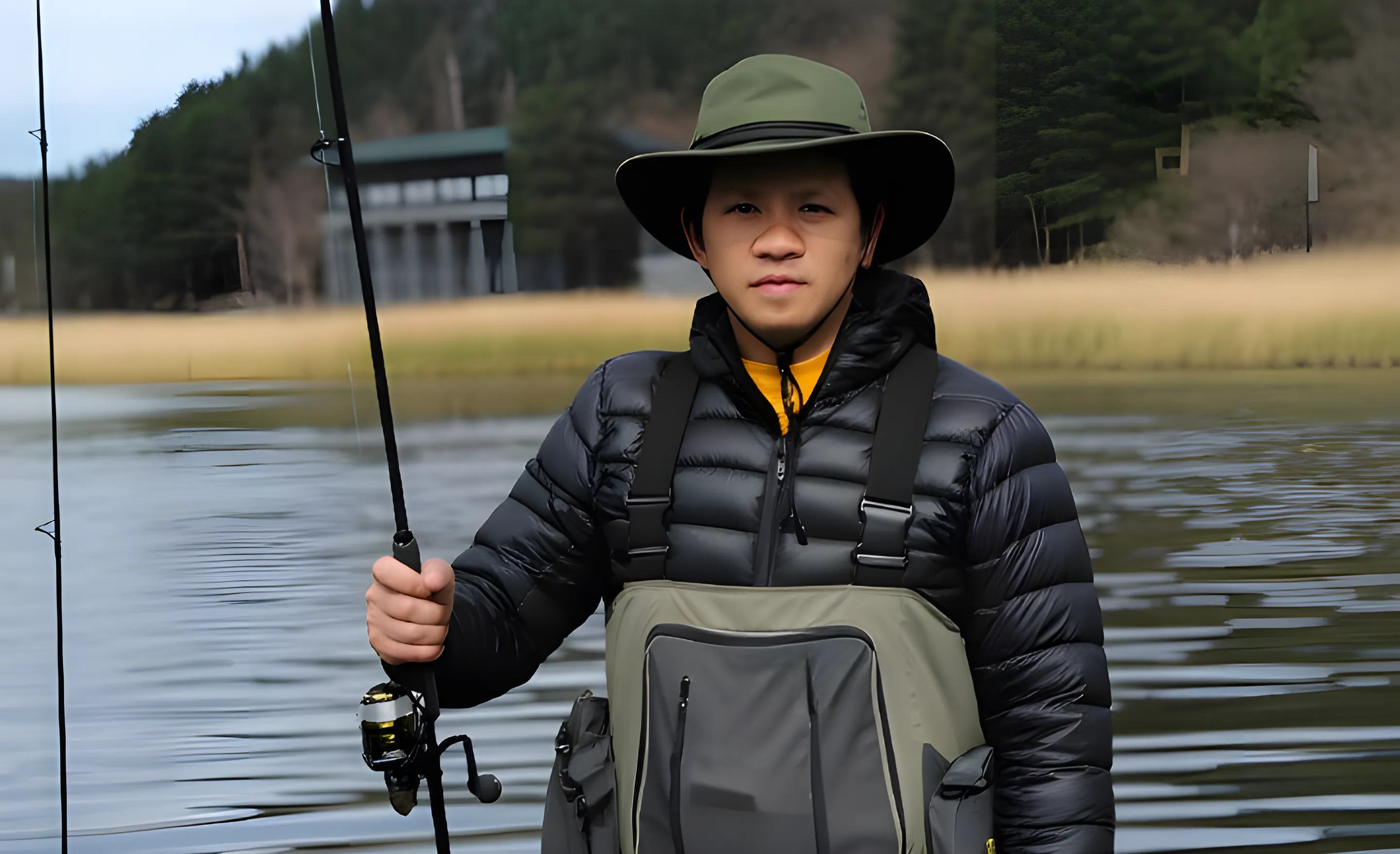Fishing for Bass in Summer: An Angler's Complete Guide
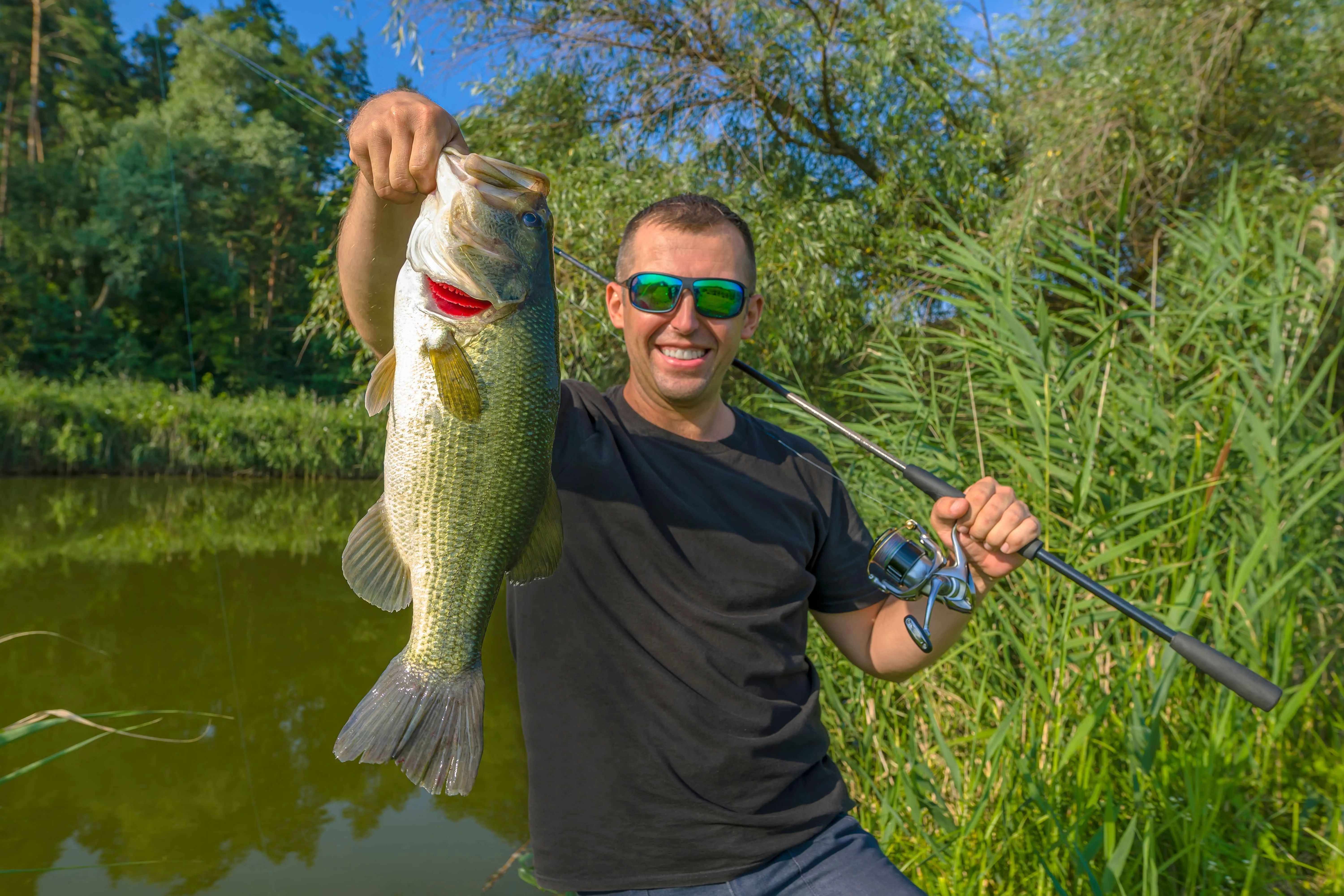
Summer offers some incredibly aggressive bites, but successful fishing bass in summer requires a different strategy. Over the years, I’ve learned how bass behave in hot weather, where they hide, and which lures consistently draw strikes. In this comprehensive guide from riversiderelics.com, I’ll break down my go-to tactics for summer success-from timing and location to the rigs that work best. Get ready to turn hot, slow days into your most productive trips of the year.
Key Summer Bass Fishing Takeaways
Timing: Fish during low-light hours (early morning & late evening) for active, shallow fish.
Location: Target deep offshore structure (ledges, humps) or shallow, shaded cover (docks, vegetation).
Lures: Use topwater baits in the morning/evening and switch to deep rigs (Carolina, Drop Shot) midday.
Key Factor: Always look for the thermocline and nearby baitfish on your sonar.
Understanding Bass Behavior in Summer
Summer heat completely changes a bass's playbook. Their behavior is driven by two simple needs: finding cooler, oxygen-rich water and getting relief from the sun. This is the absolute key to locating them.
As surface temperatures soar, most bass retreat to deeper water, settling around the thermocline. This is the invisible layer where the water is cooler yet still holds plenty of oxygen-it's their main comfort zone. If you can find the thermocline on your sonar, you've found where the majority of bass will be holding.
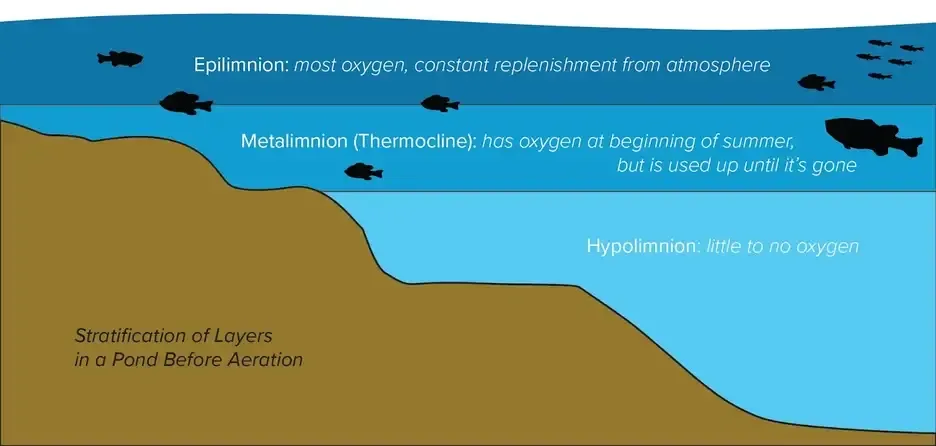
The only exception to the "go deep" rule is shade. Any available cover-docks, overhanging trees, or thick grass mats-creates a cool, dark refuge in shallower water. Bass will stack up in these shaded spots to escape the heat and ambush prey.
In short, to find summer bass, you only need to ask two questions: Where is the deep-water thermocline, and where is the nearest shade? The answer will tell you exactly where to cast your line.
Best Times of Day to Fish Bass in Summer
If there's one lesson I’ve learned from years of fishing for bass in summer, it’s this: timing is everything. The intense heat doesn’t just make us uncomfortable—it affects bass behavior in a big way. Knowing when to hit the water can be the difference between an action-packed day and going home skunked.
Early Morning (Sunrise to ~9 AM)
If there's one lesson I’ve learned from years on the water, it’s that knowing the best time to fish for bass can be the difference between an action-packed day and going home skunked, especially during the summer heat. The intense temperatures don’t just make us uncomfortable—they affect bass behavior in a big way.
Late Evening (6 PM to Sunset)
This is your second golden window. As the sun starts to dip and the temperatures drop, bass leave their deep haunts and begin feeding again in shallow water. I typically switch back to topwaters or slow-rolling spinnerbaits along structure and weed edges. I’ve had great luck fishing during this period, especially on calm, overcast evenings.
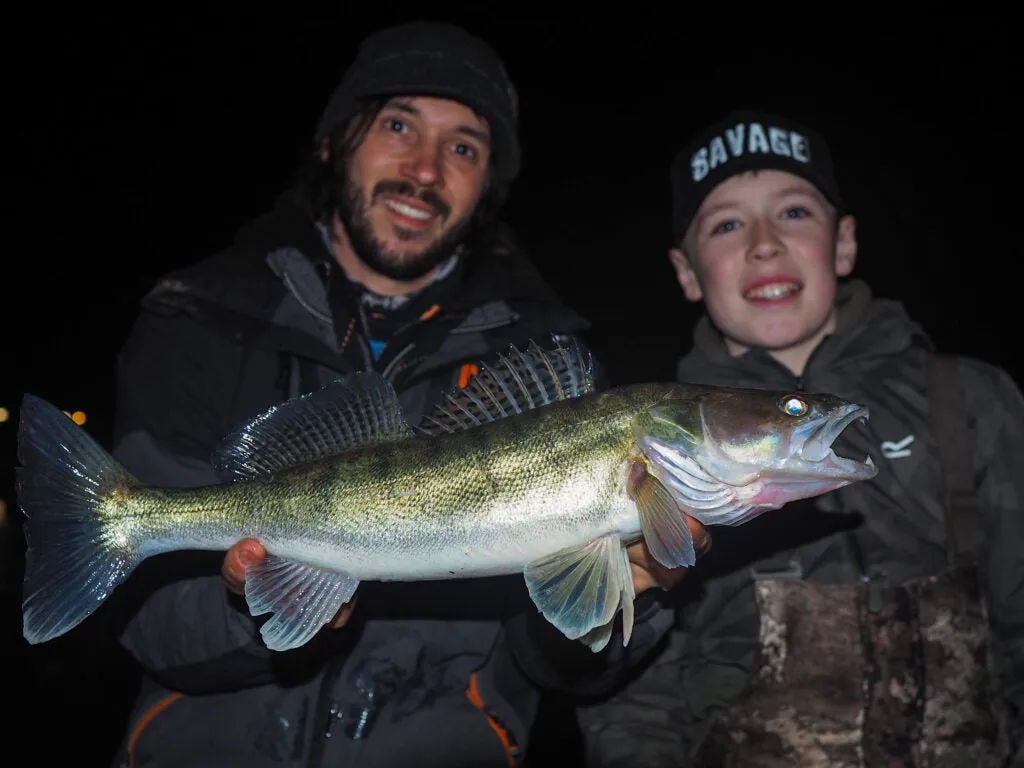
Midday (11 AM to 5 PM)
This period can be a real grind, especially when you get into the "dog days" of August and September. When the sun is high and the water is warmest, bass tend to shut down or retreat to deeper, cooler areas. That doesn’t mean you can’t catch them, but you’ll need to change tactics. For a more detailed breakdown on how to succeed during this toughest part of the season, our guide to late summer bass fishing offers specialized strategies.
During these hours, I go deep with Carolina rigs, drop shots, or football jigs, targeting ledges, drop-offs, and submerged brush piles. Look for shade, current, or any structure that provides relief from the heat. One thing I always tell newer anglers is to be flexible and monitor the conditions. Weather plays a huge role. Overcast skies can extend the morning bite, while high pressure after a storm might make bass sluggish.
Where to Locate Bass in Summer
One of the most important skills when fishing for bass in summer is knowing where to find them. It’s easy to waste hours casting into dead water if you don’t understand how bass use their environment to survive the heat.
1. Deep Offshore Structure
When summer heat peaks, I focus on offshore structure like humps, channel swings, ledges, and deep brush piles. Using sonar, I’ll look for baitfish schools near the thermocline-usually 10 to 20 feet down, depending on the lake. Bass will not be far from that food source.
2. Shallow Shade and Cover
Don’t think bass abandon shallow water completely. One of my favorite patterns is targeting shaded areas close to shore. Docks, laydowns, riprap, and overhanging trees create perfect ambush zones. I’ve caught some of my biggest summer bass by skipping a soft plastic worm or jig way back under shady docks on hot, sunny afternoons.
A short tutorial demonstrating the technique of skipping a jig under a dock (Cre: Edwin Evers Fishing)
3. Current Breaks (in Rivers and Creeks)
In moving water, summer bass love to sit behind rocks, logs, or bridge pilings where they can rest in slack water while bait drifts by. These current breaks provide relief and a steady food supply.
4. Vegetation
Thick grass mats, hydrilla, and lily pads provide both cover and oxygen. I often punch heavy Texas rigs into the mats during midday or throw a frog across the top early in the morning. If you hear popping or see surface movement, those mats are likely full of bluegill-a favorite meal for a hungry bass.
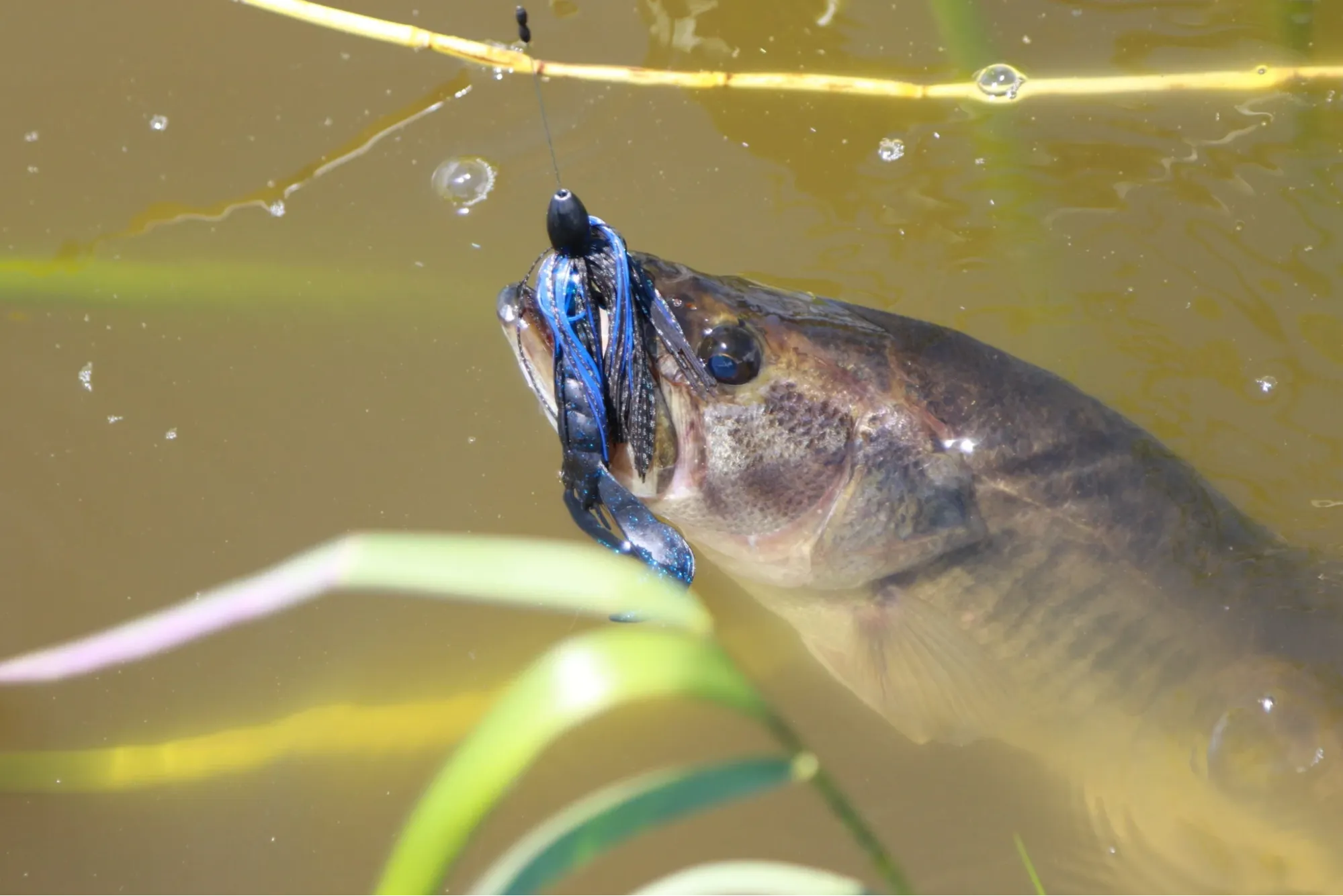
Top Lures and Rigs for Summer Bass
Figuring out the best fishing lures for bass in summer can make or break your day. After years of trial and error, I’ve narrowed down a handful of rigs and lures that consistently produce bites.
-
Topwater Baits (for Low Light): There’s nothing more exciting. I use a walking bait like a Zara Spook or a buzzbait to cover water fast. On calm mornings, a popper worked around points or docks is deadly.
-
The Texas Rig (for Cover): My most dependable technique. I’ll flip a Texas-rigged creature bait or ribbon-tail worm around wood, grass lines, or under docks. The weedless rigging is key.
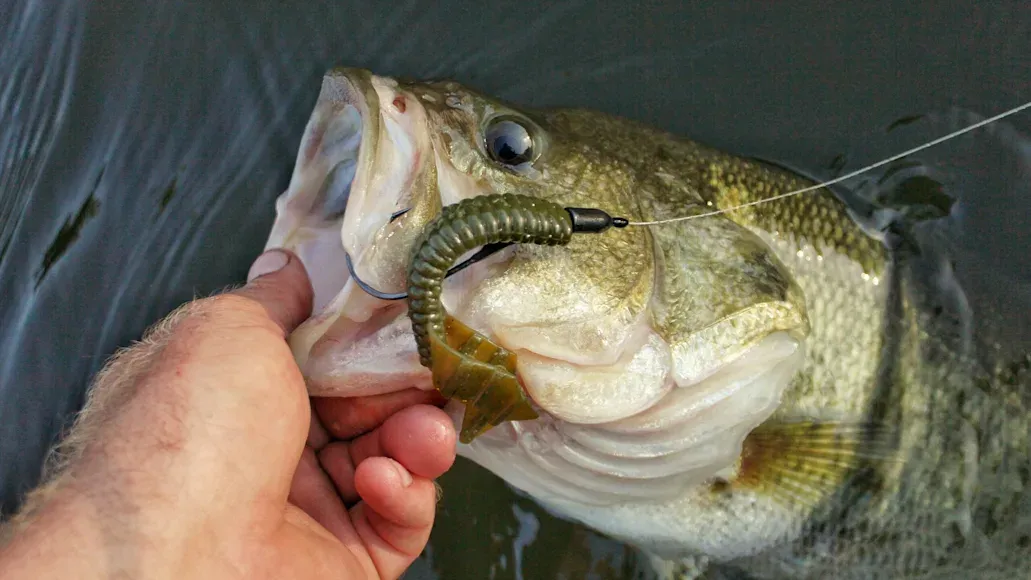
-
The Carolina Rig (for Deep Water): When the bite slows down, I use a Carolina rig to drag a soft plastic (usually a lizard or fluke) along deep points and ledges. It’s a subtle presentation that sluggish bass can’t resist.
-
The Drop Shot Rig (for Finesse): Perfect for clear water or pressured fish. It allows you to suspend a small finesse worm just off the bottom, right in the strike zone of finicky, suspended bass.
-
Deep-Diving Crankbaits: Baits like the Strike King 6XD are excellent for covering water and finding active fish on offshore humps and ledges. Match the color to the local forage (shad, bluegill).
Pro Techniques and Advanced Tips
Once you've mastered the basics, it's time to dial in the advanced bass fishing tactics that put big fish in the boat.
Targeting Thermocline Edges: Use your fish finder to locate where baitfish are holding on the thermocline. Focus your presentations with drop shots or flutter spoons right in that zone. It’s a precision game that pays off.
Precision Skipping: On high-traffic lakes, bass retreat way back under docks. Practice skipping a compact jig or weightless soft plastic deep into the shadows where others can't reach. It takes practice, but it gets your lure in front of untouched, giant bass.
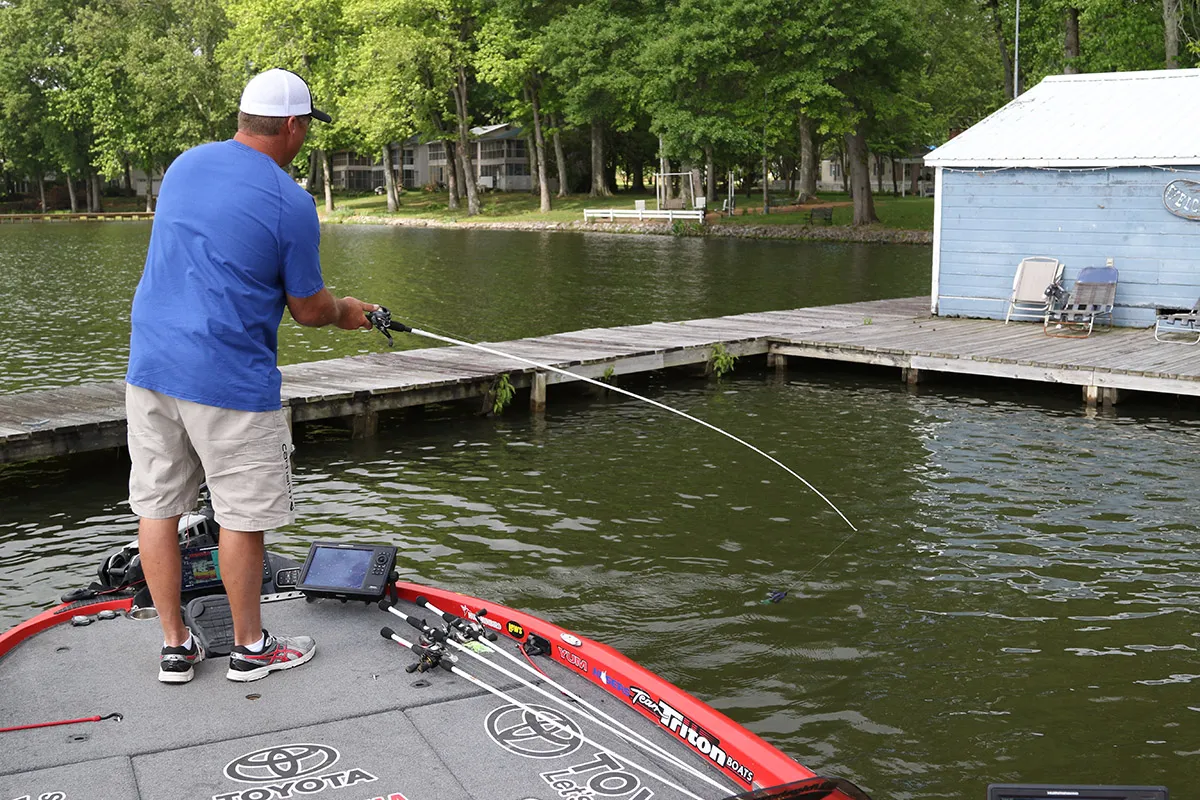
Mastering Boat Positioning: Always consider the wind and current. Position your boat so you can cast up-current or up-wind, allowing your bait to drift naturally towards the structure where bass are facing. This subtle adjustment makes your presentation far more convincing.
Night Fishing: When the daytime bite is tough, I’ll hit the lake after dark with a black spinnerbait or a big 10-inch Texas-rigged worm. Bass feed heavily under the cover of darkness. Fish slowly and target areas you’ve already scouted during the day for safety.
FAQs
Conclusion
Summer can be a challenging season, but as we've covered, it also holds the potential for some of the most memorable days on the water. The key isn't a secret lure, but a change in mindset. By understanding bass behavior, targeting key windows of activity, and adapting your presentation to deep structure or shaded cover, you transform from guessing to executing a plan. Ultimately, successful fishing bass in summer comes down to being a thinking angler. Use these strategies, trust your instincts, and get ready to enjoy the aggressive bites that make this season so exciting.
Aviv Nguyen is a passionate fisherman who loves sharing stories and tips from his fishing adventures. Whether it’s freshwater or sea, he finds joy in every cast and aims to inspire others to enjoy the great outdoors through fishing.
Share This Post With Friends


